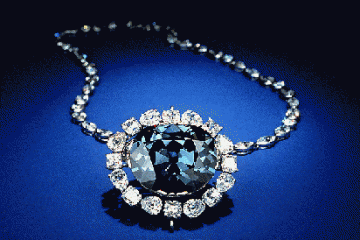
The Hope Diamond, one of the world's most famous gems, is on display at the Smithsonian in Washington, D.C. How do these incredible rocks form?
Advertisement
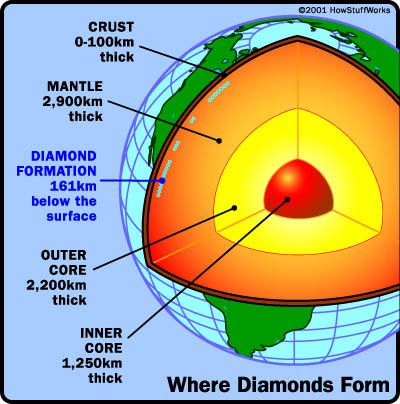
Diamonds form about 100 miles (161 kilometers) below the Earth's surface in the molten rock of the Earth's mantle, which provides the right amount of pressure and heat to transform carbon into diamond. Next, see how the gems are harvested.
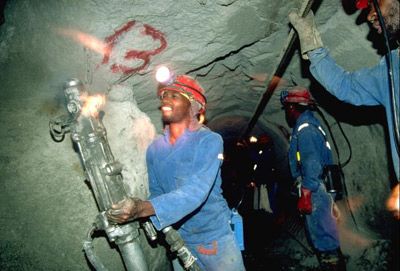
Workers in diamond mines like the De Beers Wesselton mine in Kimberly, South Africa, have easy -- and regular -- access to uncut diamonds.

Diamond seekers work outside Freetown, Sierra Leone, in Africa. The diamond trade is known to have funded civil war and terrorism, and gems from such trades are known as "blood diamonds."
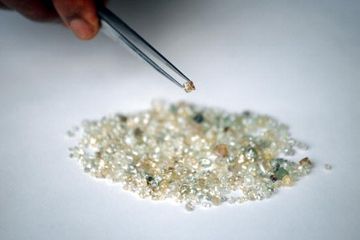
They look pretty, don't they? It turns out that these diamonds were mined in the Democratic Republic of the Congo in the midst of a rebel uprising. Next, see more diamonds in their natural form.
Advertisement

Rough diamonds are those that have not yet been cut or polished into the beautiful gems used in finished jewelry. Next, find out why this is the form most thieves prefer.

Diamond heists are surprisingly common. Some thieves try to get away with uncut stones because they're less recognizable. Find out the value of uncut diamonds that one thief made off with next.
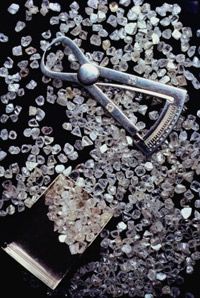
A thief known as "Flomenbaum" made off with approximately $28 million worth of uncut diamonds. We'll look at the process involved in cutting and polishing the stones next.
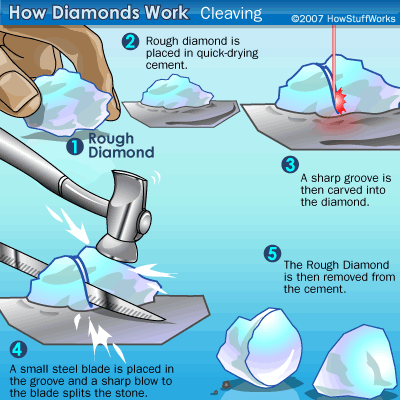
Cleaving is a process that splits a rough diamond into smaller, more manageable pieces. It's the first step in the diamond cutting process.
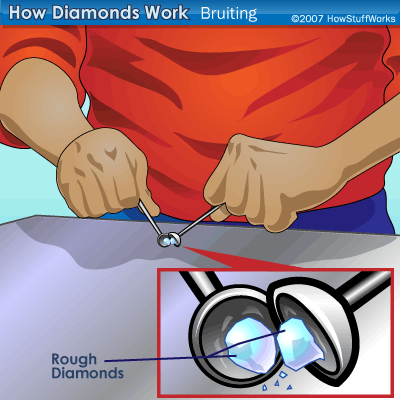
Diamond bruiting is done by hand to create facets on rough stones.
Advertisement
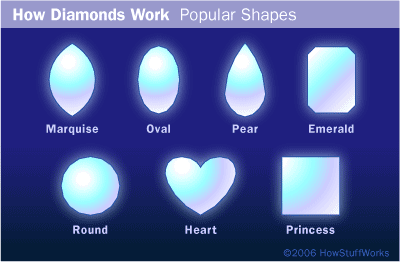
These are some of the most popular shapes diamonds are cut into. Next, see how the cut of a diamond influences its characteristic sparkle.
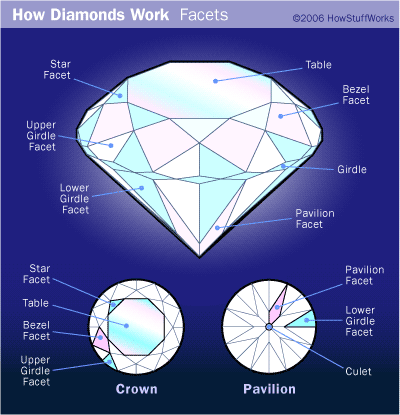
Diamonds are cut with carefully measured facets to help them reflect light in certain ways, giving them their trademark sparkle. Next, see a 72-carat diamond that has been cut.
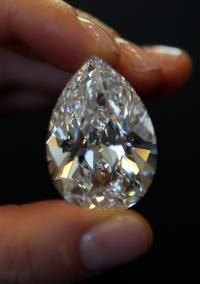
This pear-shaped diamond weighs in at a whopping 72 carats. See another picture of this fantastic diamond on the next page.
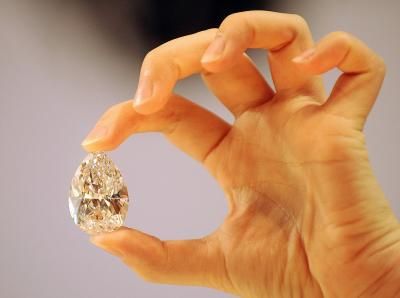
This 72-carat diamond has an estimated price of $10 to $13 million. See other examples of cut diamonds next.
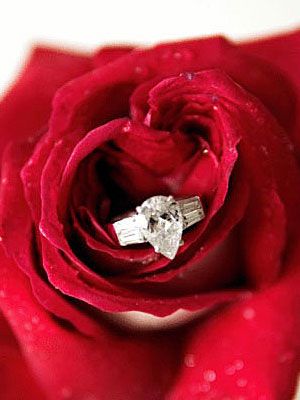
This is another pear-shaped diamond in a much more modest size. Next, see one of the more traditional styles.
Advertisement
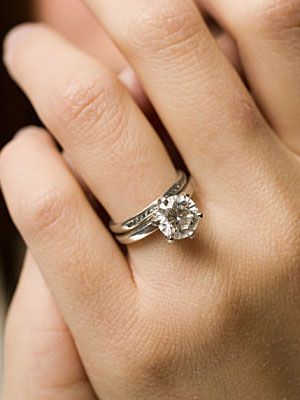
A round-cut diamond in a solitaire setting like this one is one of the most timeless engagement ring designs. Next, see a more unusual diamond shape.
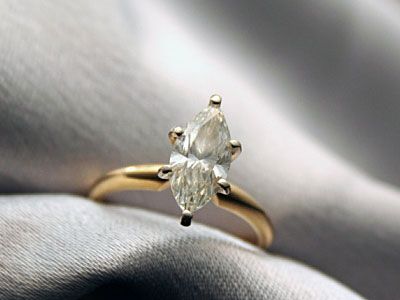
This diamond has a marquise shape and is set in a gold band. The next shape is fit for a princess.

The popular princess-cut diamond is square-shaped. Next, see a popular three-stone design.
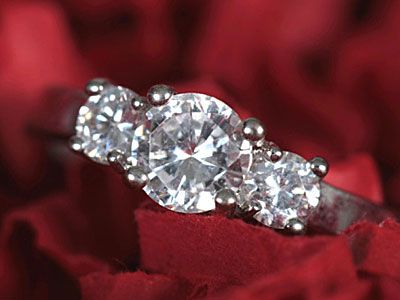
This popular engagement ring design features three individual round-cut diamonds. Next, see another multidiamond engagement ring design.
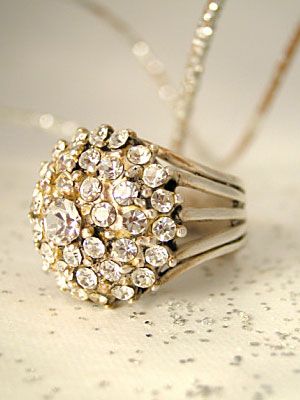
This unique design features lots of smaller diamonds, which can mean more sparkle for less money. On the following pages, see some examples of famous jewelry.
Advertisement
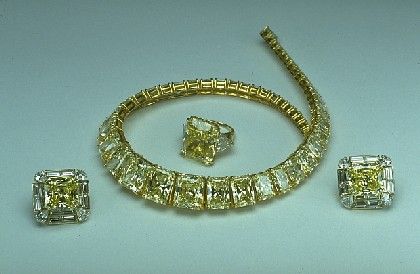
You can see the Hooker Diamond necklace, earrings and ring on display at the National Museum of Natural History. Next, learn about a famous diamond that was stolen.
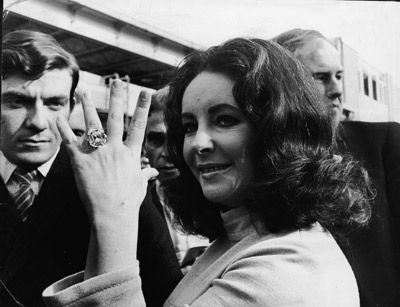
The FBI recovered Vera Krupp's enormous diamond after it was stolen. It eventually ended up on the hand of the actress Elizabeth Taylor.
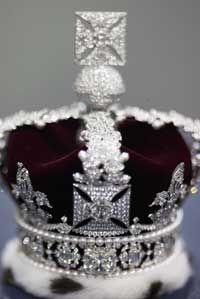
The largest diamond ever uncovered was the Cullinan Diamond, which was cut into several individual stones, many of which were used in the Crown Jewels of the United Kingdom.
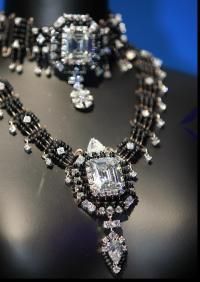
This 290-carat "Ponahalo" necklace features a 102-carat emerald and a 70-carat diamond.
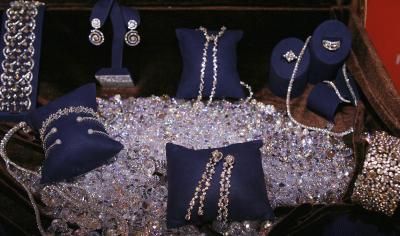
Diamonds on display at the Century City Mall in Los Angeles, Calif. To learn more about diamonds, check out How Diamonds Work or try taking our diamond quiz.
Advertisement